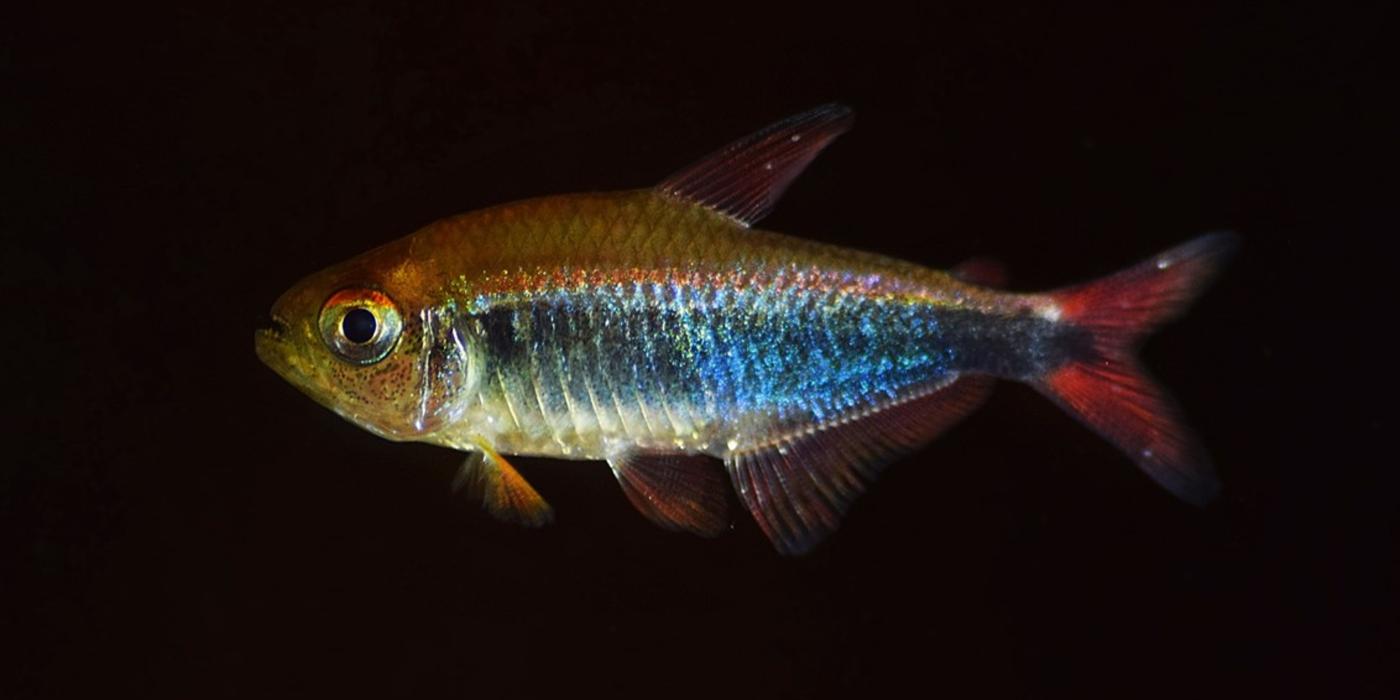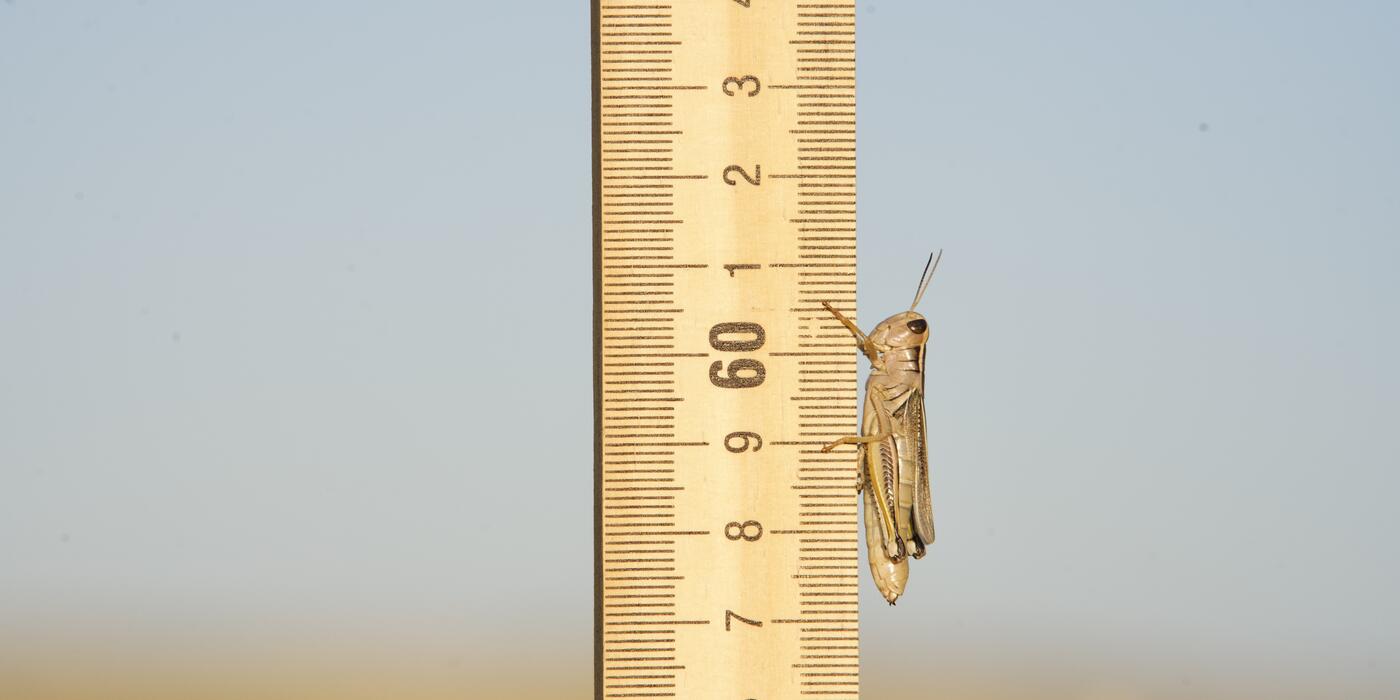Finding Fish in Peru, Part One

Leonardo Davila
One fish, two fish, red-blue Peru tetra fish. In November 2018, Smithsonian Conservation Biology Institute researchers and partners spent two weeks in Peru counting and identifying fish. Their study area is the location of a future oil pipeline, and the information they collect could help protect the aquatic animals that call this part of the Amazon home.
In this photo essay, take a look at some of the animals they discovered during their survey, as well as the methods they used to collect data.
Related Species:

